In an article by Mark Rosewater titled "What Are Play Boosters" on the Magic the Gathering website, the head designer gave us the details on Magic's newest sealed product, and the end of its oldest. By Murder at Karlov Manor, draft and set boosters will be discontinued in favor of Play Boosters; a new product best described as a combination of the two booster packs.
What is a Play Booster?
The Play Booster is a booster pack designed to be both fun to open and friendly to limited. Play Boosters will have 14 cards with a better balance of Rares, Mythics, and color distribution than set boosters. Unlike draft boosters, there will be much more value in the packs, as there can be up to four Rares or Mythics, an extra foil wildcard, and three less commons. In essence, if the creation of set boosters back in Zendikar Rising was to better appeal to both types of pack-openers (limited players and gambling addicts collectors), then the reuniting of the two pack types can be described as appealing to both type of pack openers while reducing confusion and inventory issues.
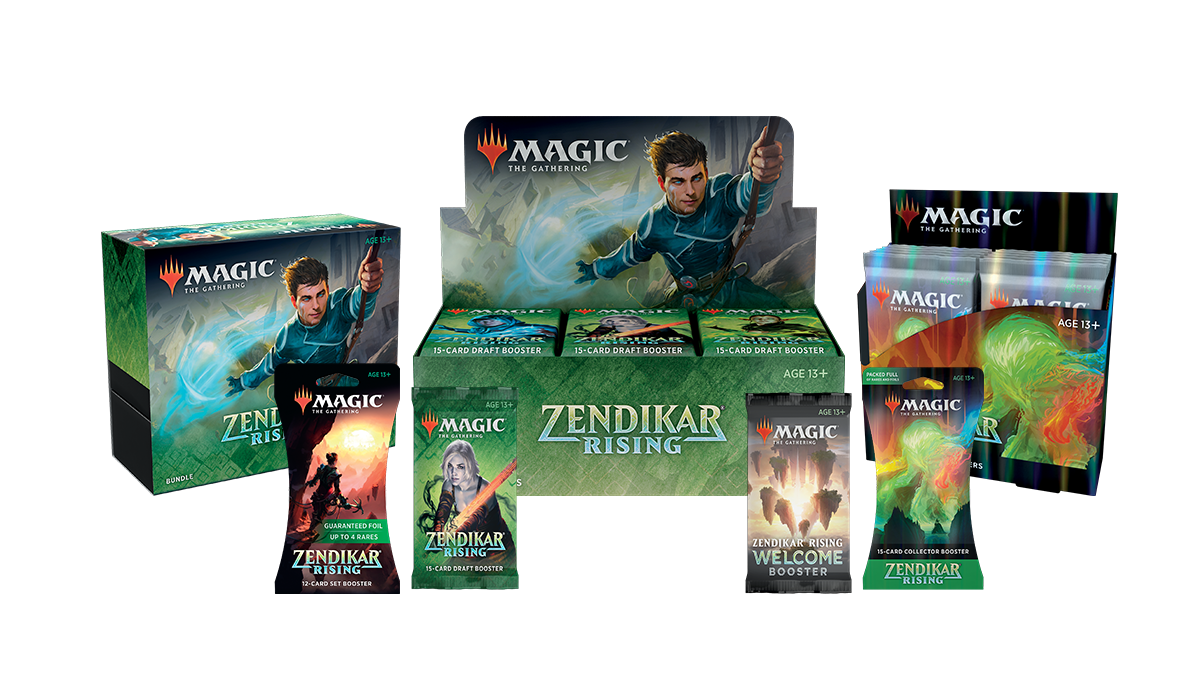
Zendikar Rising introduced Set Boosters.
Booster Slots: What You Can Expect from a Pack
Mark Rosewater's article goes into depth on the make up of the new Play Booster, and principally for the sake of readability I will be skipping the finer details for a broad overview of the new pack slots.
- Slots 1-6: Random Commons from the main set. None of the 'Booster Fun' or themed cards of set boosters will be in these slots.
- Slot 7: A Common from the main set or a list card.
- Slot 8-10: Random Uncommons from the main set.
- Slot 11: Rare/ Mythic Rare. 6/7 packs will have Rares
- Slot 12: Land, basic or Common.
- Slot 13: Non-foil Wildcard. This can be any card from the main set.
- Slot 14 Traditional-foil Wildcard.
- Slot 15: Non-playable cards. These will often be tokens or aid cards, but there is a chance that it is an art cards instead.
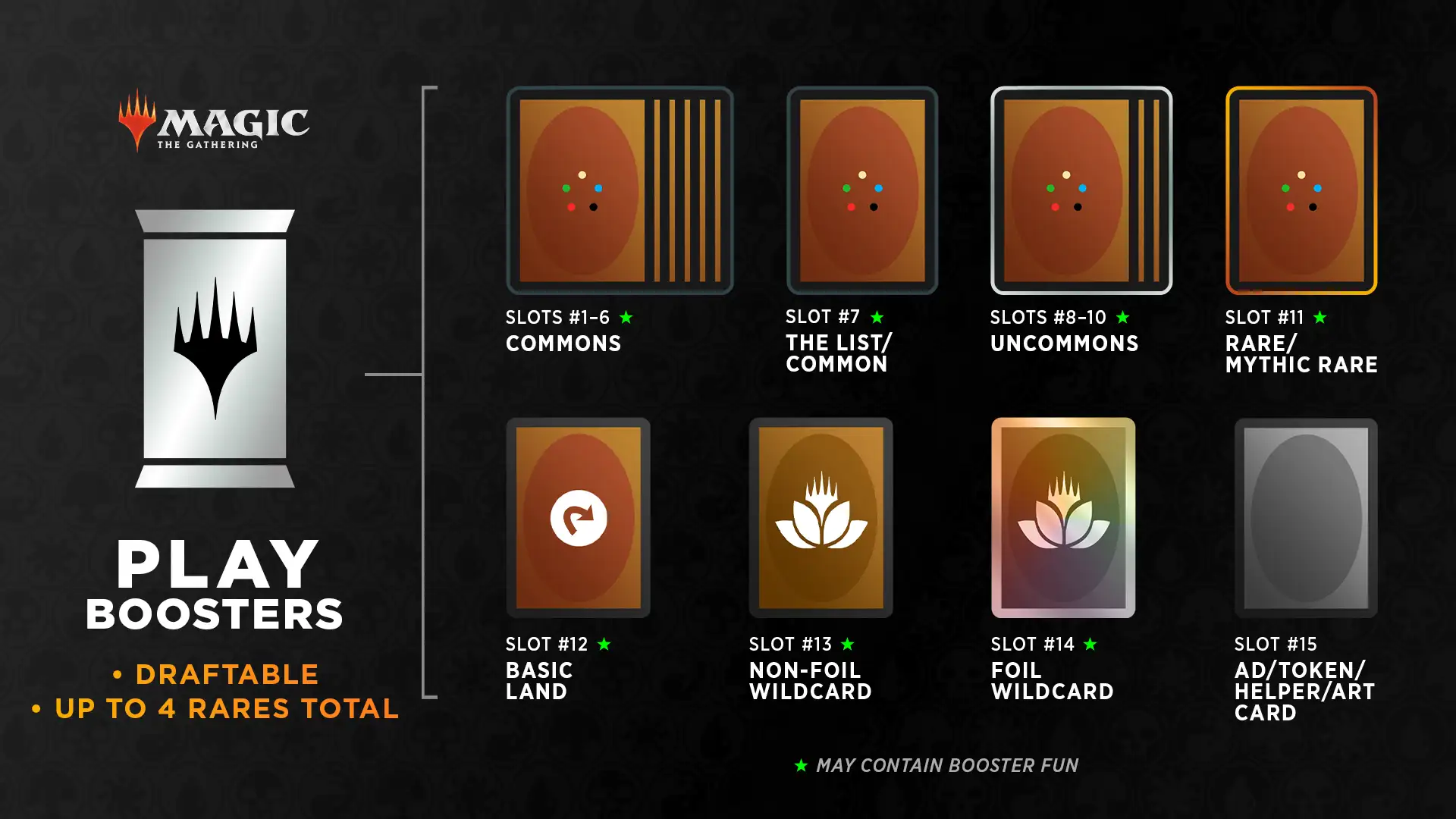
For limited the big changes are the addition of list cards, less commons, one less playable card, and a chance for up to four Rares. For set boosters the big changes are the removal of themed packs and the addition of two new playable cards. According to Mark Rosewater, new sets will be designed differently because of this change and primarily how it effects limited. One less card and the potential for more bombs will doubtlessly shake up draft. This fact and that Mark Rosewater mentioned a revisiting of set design leads me to think that Play Boosters are not a rushed concept. There is reason to be hopeful that these changes will be more beneficial then disruptive, but we will know for sure at the release Murder at Karlov Mansion.
The Why of Play Boosters: The Problems With Set & Draft Boosters
The crux of the reform from our current system to Play Boosters can be simplified to "cardboard economics." Mark Rosewater breaks down the 'why' into six problems, which will be summarized now and then covered in greater detail. Mark Rosewater explained that the separation of draft and set boosters led to draft boosters being an issue for brick & mortar stores, who had to gamble on how popular limited would be for a standard set release. If they bought too much then they would be sitting on product players didn't want, but if they bought too little then players wouldn't be able to draft. This issue, which has been in existence since the debut of set boosters, has finally gained the attention of Wizards and, according to Mark Rosewater, is the reason for this change.
The Six Horsemen of the Play Boosters
Mark Rosewater named six problems which led to the creation of Play Boosters. Each of these problems has the common theme of draft boosters being an economic issue for Wizards and stores.
The Eclipse of Draft Boosters
According to Mark Rosewater, the first issue is that the advent of set boosters led to draft boosters being bought less, or even not bought at all by smaller stores. The reason for this eclipse was simply that set boosters sold better than draft, which implies that the majority of magic players were interested more in 'cracking packs' than drafting. While not explicitly said by Mark Rosewater, the implication is clear: limited play was not doing well and was getting worse.
Inventory Issues
Because customers were far more interested in set boosters than draft boosters, it led to the afore-mentioned 'gamble' that stores had to play on how popular draft would be. When you only had to buy one box it was easy because you only had to judge the demand on the set, with set and draft boosters however you have two different demands for what are essentially the same product. This led to many stores being stuck with draft boxes they couldn't sell.
The Abandonment of Draft Boosters
As it turns out, when you release a shinier booster box the un-shiny booster box becomes less popular. In a summary of the last two points, Mark Rosewater recounts how at Studio X (the tabletop magic R&D team) they expected draft boosters, and therefore limited, to die off because of little demand. He stresses the importance of limited to the greater economy of MTG, and that its disappearance would be disastrous. The crux of this problem is that limited is dying, and that the Play Boosters are an attempt to save it.
Marketplace Confusion
According to Mark Rosewater, the two separate core boosters caused confusion for buyers who were not familiar with the difference. There was difficulty in explaining the difference of the two boosters online and would lead to players and stores receiving different boosters than they intended to get.
It Makes Some Boosters Less Desirable
While this title seems like a revisiting of points 1 & 2, it brings home the point that Wizards does not want players to be seen as 'set booster players' or 'draft booster players', but instead Magic players. Rosewater uses prizes as an example, as the type of pack offered as a prize from a store can be desirable for some players but not for others. In my humble opinion, all prizes should be Amazon gift cards so as to completely remove any potential for surprise or discontent, just like Christmas.
Every Booster Was Missing Half the Experience
The final problem is that in a world with both types of boosters, players could only enjoy one of the two reasons to buy a booster. Wizards wanted to create a pack buying experience which wasn't segregated by category like the current system.
The Making of Play Boosters
The long and the short of designing Play Boosters was that Wizards combined the current two core boosters into something that resembled both of them. According to Mark Rosewater, they focused on making set boosters draft playable as their design approach, primarily because set boosters were more popular. In this approach, Rosewater explains four issues which will be summarized here.
The Four Issues of Booster Design: Melting the Set Booster in the Fires Which Forged It
The four issues that Rosewater outlines can be summarized as the difficulty in making a set booster draft playable, or making set boosters more like the original core booster. This includes a restructuring of the set booster and of set design, a reform which is both revolutionary and reactionary.
Set Boosters Didn't Have Enough Cards
In the simplest issue, set boosters did not have enough cards to be usable for draft. The simple solution was adding more cards up to the fifteen previously used for draft; but after play testing, Studio X determined that the 14 cards Play Boosters have made for a better draft experience.
Set Boosters Didn't Have Balanced Colors
Another simple issue, current set boosters don't have a color balance, instead they have themed commons (commons in set boosters would often have a theme). The solution was fairly simple, as all Play Boosters will not have a theme like set boosters in favor of a balanced color distribution in commons.
Rarity Ratios Needed Redone
Because set boosters were meant to be a fun pack-opening experience, there was a chance to open a large quantity of Rares, Mythics, and Foils in a single pack. While this needed to be tuned down for the new boosters to be draftable, this feature was the biggest reason for the success of set boosters. To maintain what people loved about set boosters and make them playable for limited Wizards cut back on the amount of commons and kept the potential for up to four Rares.
Set Redesign
In the one issue which is focused on the draft booster, the design of sets for limited play will have to be changed for the introduction of (potentially) more Rares, more variance, and one less card. While not exactly entailing what this new set design will mean, Rosewater stated that R&D spent a copious amount of time on it.
Of all the changes, this one was the biggest. It required us to rethink how a Magic set is made. R&D spent a lot of time on this.
The End Result
The finished product of Play Boosters will be a playable set booster essentially. While the variance is reduced, there is still a chance for crazy list cards or four Rares. If the implementation will match what Rosewater has described remains to be seen, and there is a non-negligible chance that the Play Booster falls short of being both fun to open and fun to play. Regardless of what the Play Booster ends up being, the design per Rosewater's article promises to be a compromise between the best of both worlds.
Conclusion: The Start of an Era?
This is undoubtably some of the biggest news in the last year for both stores and players. Set boosters were doing well for stores and were thought well of by many players, so while not an unsurprising change, it is certainly odd considering the success of set boosters (of course I do not have information how well they were actually doing). This could be a change for the better at Wizards, prioritizing the health of limited over sales for a long term gain. It could of course be the decision that made the most sense regardless. While I am certain there will be opposition to this change by players (and maybe stores) I think it is a good decision long-term for the health of the game.
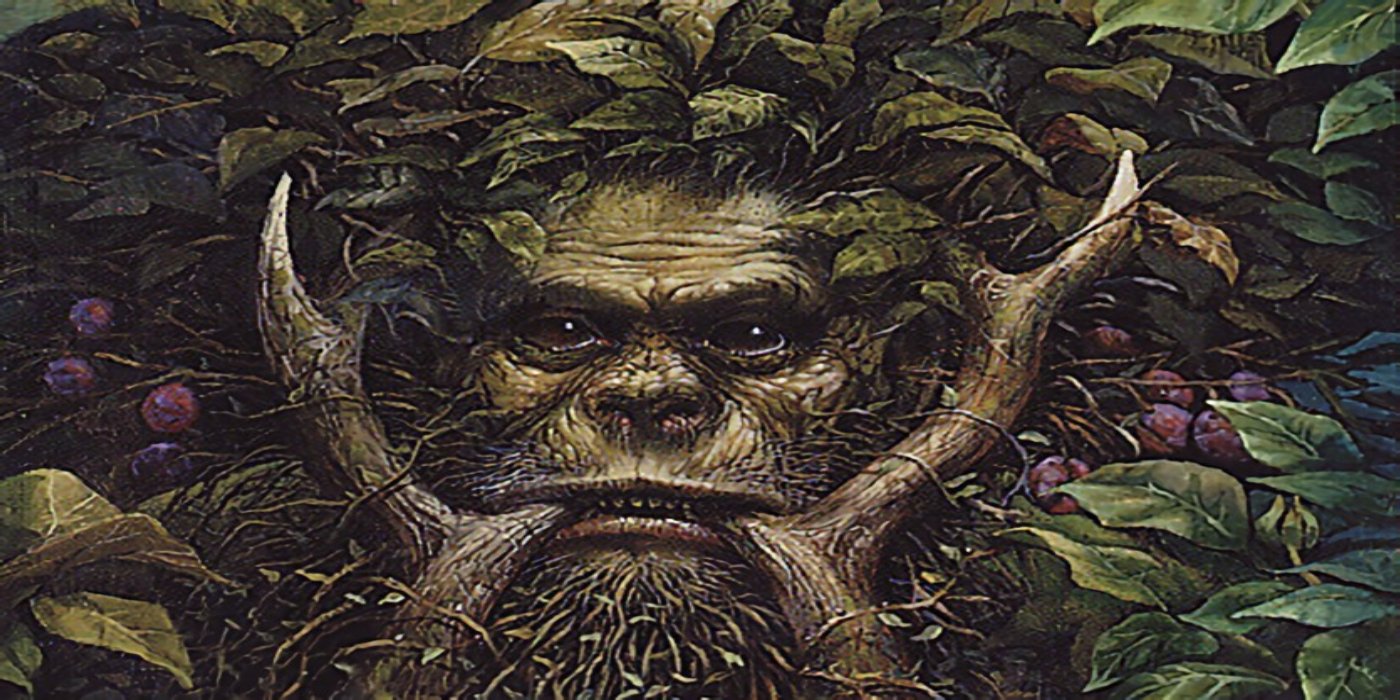
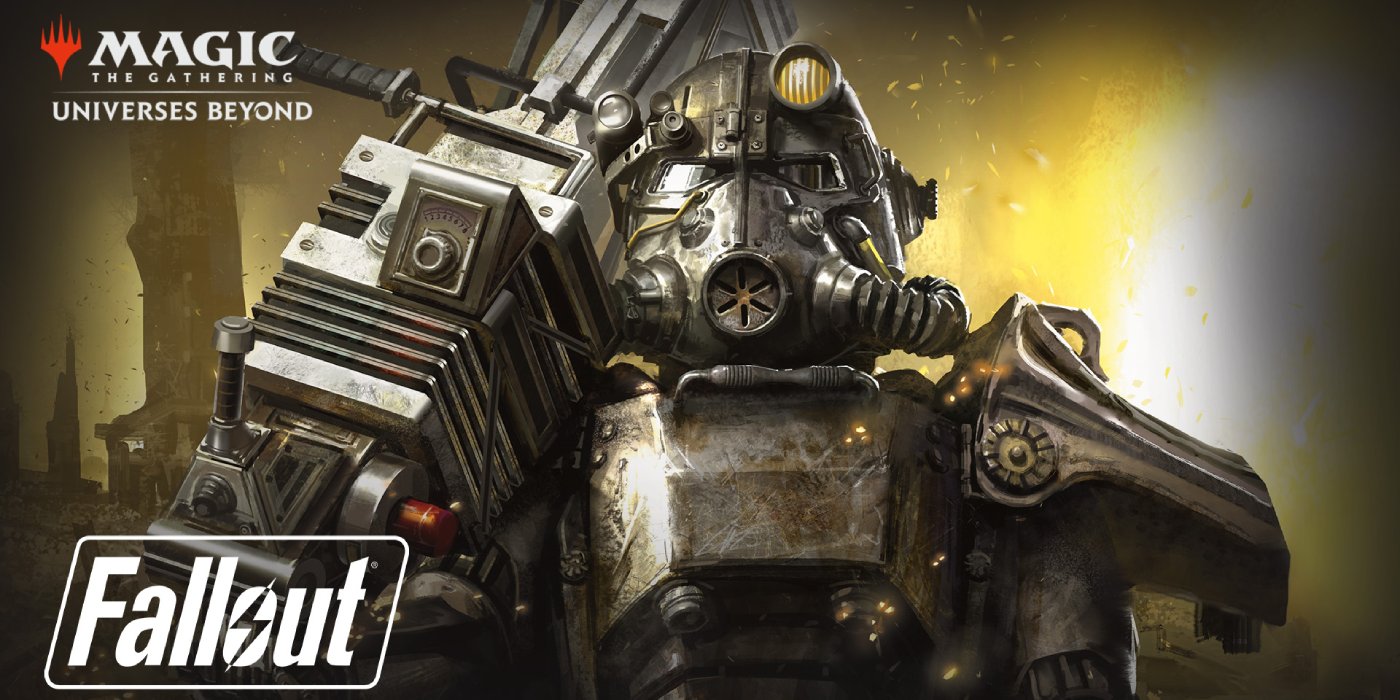
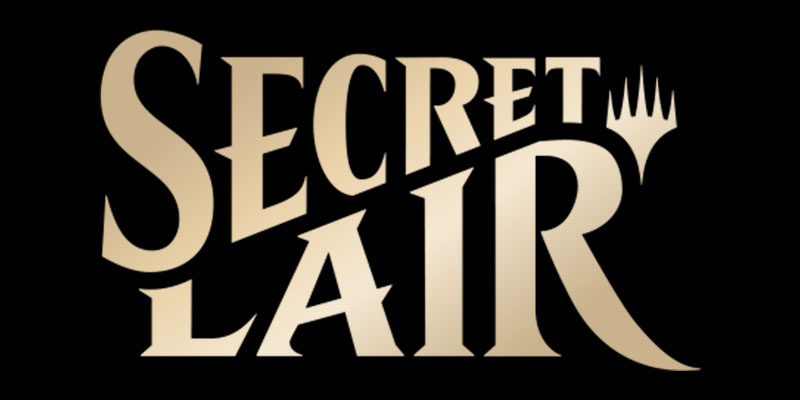
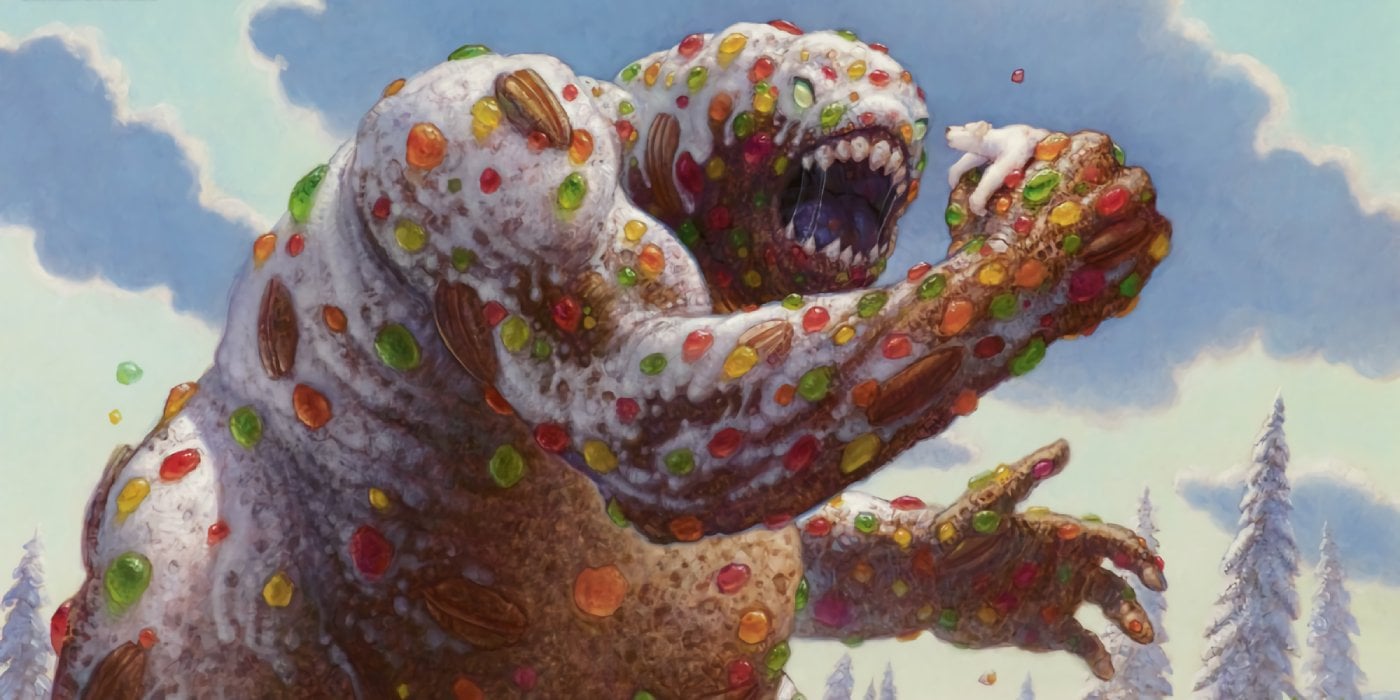
Comments
No Comments Yet. Be the first to create one down below!